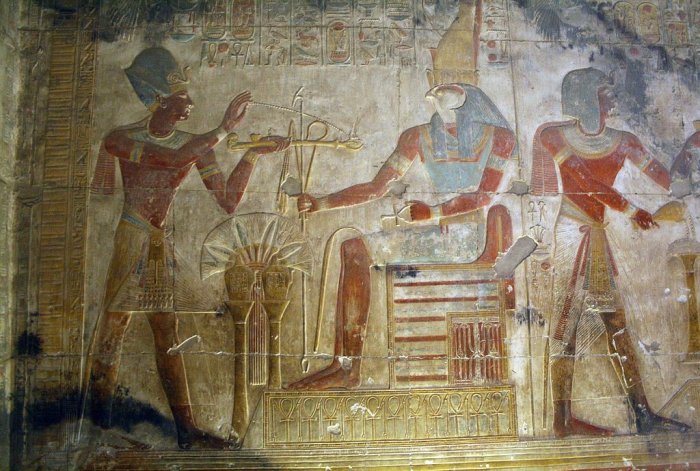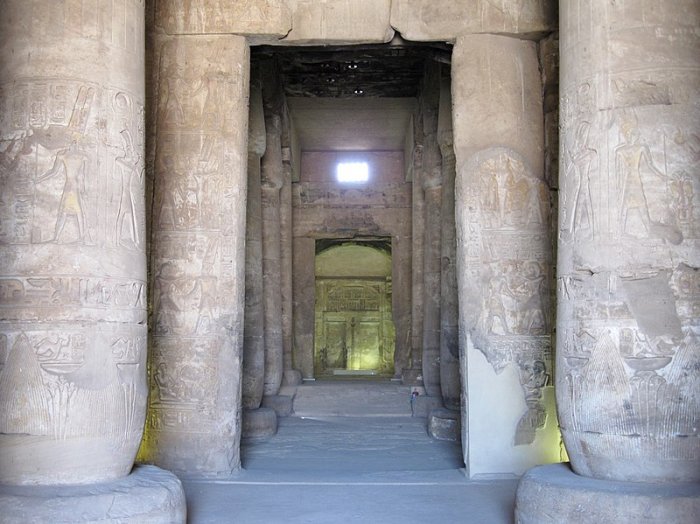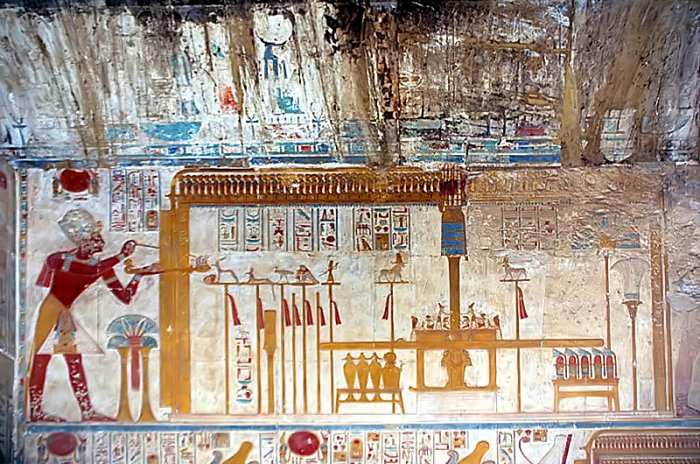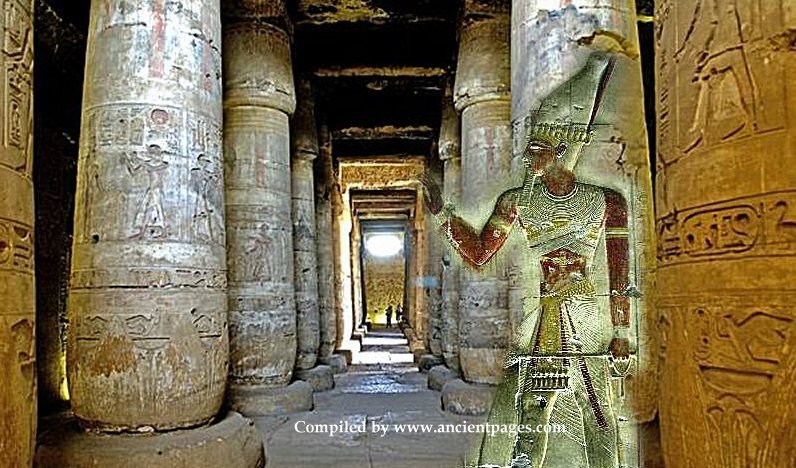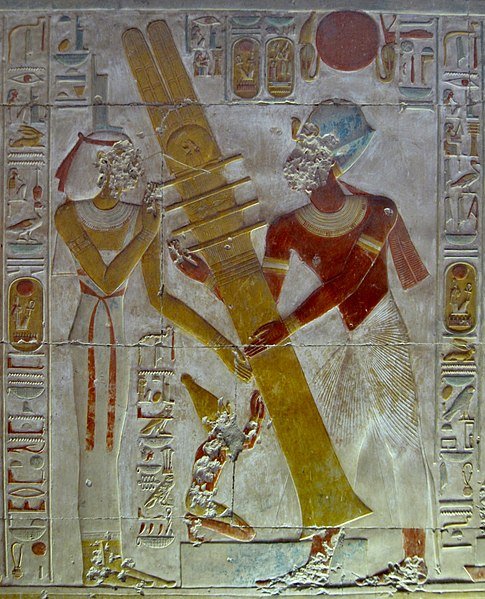Abydos: One Of The Most Important Cities Of Ancient Egypt
A. Sutherland - AncientPages.com - Once, it was the site of many temples, especially the temple of Seti I, and first of all, this very ancient city is strongly associated with the "Lord of Abydos" - Osiris, god of the dead and its cult.
Temple of Osiris at Abydos. God Horus presents royal regalia to a worshipping pharaoh. Credit: Steve F-E-Cameron - CC BY-SA 3.0
Today, it's considered one of ancient Egypt's most important archaeological sites. It is a place with a famous royal necropolis where early pharaohs were entombed and other tombs and mortuary cult enclosures of the rulers of the First Dynasty.
According to some ancient mortuary texts, beyond a gap in the mountains to the west of Abydos lay the afterlife, a fantastic realm depicted as a long mountainous valley with a river running through it, the banks lined with wheat fields, fruit orchards, and gardens of flowers.
Many of these tombs are still buried under the desert sands. They keep millennia-old secrets of the sacred ground of Abydos, which flourished and was already surrounded with an aura of sanctity.
Abydos Temple. Credit: Olaf Tausch - CC BY 3.0
Otherwise, these archaeological treasures could cast light on the origins of the Egyptian civilization, still a controversial subject among many scholars.
Abydos rose to its peak as a holy city during the New Kingdom (1567- 1080). Still, the rising local cult of the "Lord of Abydos" lasted at least from the Middle Kingdom (around 1800 BC) until late Antiquity and the tomb of Osiris was the main focus of worship.
Today, the Abydos Temple is notable for the memorial temple of Seti I, which contains an inscription from the nineteenth Dynasty known to the modern world as the Abydos King List.
It is a chronological list showing cartouches of most dynastic pharaohs of Egypt from Menes until Ramesses I, Seti's father.
Abydos is the source of many of Egypt's most ancient artifacts. Unfortunately, the Great Temple of Abydos and most ancient towns are buried under the modern buildings to the north of the Seti temple.
Many of the original ancient structures and artifacts are considered irretrievable and lost.
Chapel of Osiris, King censing before shrine containing Osiris emblem, Temple of Seti I, Abydos, Egypt. Credit: Roland Unger - CC BY 3.0:
In archaeology, many extraordinary finds still make headlines either because of their prehistoric significance - many priceless artifacts witnessed the glory of Abydos - or even because of the sensational circumstances surrounding them.
In 1988 Günter Dreyer, a German archaeologist, unearthed small bone and ivory tags intricately inscribed with one of the world's earliest forms of writing, namely, crude hieroglyphs developed at about the same time as Mesopotamian cuneiform.
"Each discovery raises new questions and issues and indicates that further mysteries remain to be explored and resolved," said David O'Connor, an internationally recognized Egyptologist with 40 years experience of excavation and research at Abydos and author of "Abydos: Egypt's First Pharaohs and the Cult of Osiris."
In 1991, O'Connor uncovered an eerie fleet of wooden boats buried in enormous brick-lined graves: how many more priceless artifacts are hidden under the desert sand?
Abydos and its sacred ground are famous for its two fine temples, one built by Seti I, who encouraged artistic and architectural ideas in his reign. The other was by Ramses II, although by no means his most extensive and well-preserved.
Once upon a time, this structure must have been among the most beautiful in the Nile Valley, but there is much more to find in the most sacred cities - Abydos.
Many secrets of Abydos are still waiting to be discovered.
In the 19th Dynasty, the site and its chief deity were honored by Seti I, who ruled Egypt from 1313 to 1292 B.C. The three gods of the Osirian Triad (Osiris, his wife Isis, and son Horus) were raised to an even higher level than the greatest gods of the Land of the Pharaohs - Ptah of Memphis, Re-Harakhte of Heliopolis, and Amun-Re of Thebes.
A scene from the Hall of Osiris at Abydos shows the raising of a djed pillars, a symbol of stability. Credit: Olaf Tausch - CC BY 3.0
An impressive temple of Kom Al-Sultan was constructed, with separate sanctuaries for each deity and the seventh chamber of equal size to himself as a god. Why?
For example, what happened to the earliest shrine at Abydos, dedicated to the Jackal God of Abydos - Wepwawat ("the opener of the ways (or Roads)" - the wolf-jackal of the graveyard?
"Abydos will continue to intrigue archaeologists, Egyptologists, and lay enthusiasts for many generations to come," said O'Connor.
Written by – A. Sutherland AncientPages.com Staff Writer
Updated on October 23, 2022
Copyright © AncientPages.com All rights reserved. This material may not be published, broadcast, rewritten or redistributed in whole or part without the express written permission of AncientPages.com
More From Ancient Pages
-
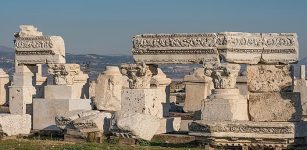 Ancient City Of Laodicea With One Of ‘Seven Churches Of Asia’ Founded By The King Antiochus II
Featured Stories | Jul 26, 2021
Ancient City Of Laodicea With One Of ‘Seven Churches Of Asia’ Founded By The King Antiochus II
Featured Stories | Jul 26, 2021 -
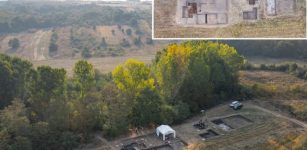 8,000-Year-Old House Remains Discovered In Svinjarička Čuka, Serbia Raise Questions About Europe’s First Farmers
Archaeology | Oct 21, 2024
8,000-Year-Old House Remains Discovered In Svinjarička Čuka, Serbia Raise Questions About Europe’s First Farmers
Archaeology | Oct 21, 2024 -
 Unsolved Ancient Mystery Of Lost Pre-Olmec Civilization – Evidence Of Advanced Scientific Knowledge That Could Re-Write History
Ancient Mysteries | Jul 16, 2018
Unsolved Ancient Mystery Of Lost Pre-Olmec Civilization – Evidence Of Advanced Scientific Knowledge That Could Re-Write History
Ancient Mysteries | Jul 16, 2018 -
 El Volcán: Mysterious Volcano-Shaped Pyramid With Never Revealed Secrets In Peru
Archaeology | Jun 6, 2017
El Volcán: Mysterious Volcano-Shaped Pyramid With Never Revealed Secrets In Peru
Archaeology | Jun 6, 2017 -
 2,000-Year-Old Teeth Reveal The Diet Of An Iron Age Woman
Archaeology | Oct 26, 2022
2,000-Year-Old Teeth Reveal The Diet Of An Iron Age Woman
Archaeology | Oct 26, 2022 -
 Bizarre Ancient Capuchin Crypt ‘Decorated’ With The Bones Of 4,000 Monks
Ancient Traditions And Customs | Nov 22, 2018
Bizarre Ancient Capuchin Crypt ‘Decorated’ With The Bones Of 4,000 Monks
Ancient Traditions And Customs | Nov 22, 2018 -
 Graeae: Three Sisters Of Fate Who Shared One Eye And Tooth In Greek Mythology
Featured Stories | Jun 8, 2016
Graeae: Three Sisters Of Fate Who Shared One Eye And Tooth In Greek Mythology
Featured Stories | Jun 8, 2016 -
 Hulagu Khan Destroyed Thousands Of Priceless Ancient Books Kept In The House Of Wisdom In Baghdad
Ancient History Facts | Jun 21, 2018
Hulagu Khan Destroyed Thousands Of Priceless Ancient Books Kept In The House Of Wisdom In Baghdad
Ancient History Facts | Jun 21, 2018 -
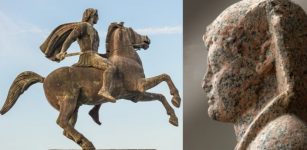 Alexander The Great Was Crowned Pharaoh And Declared Son Of God Amun
Ancient History Facts | Jan 4, 2019
Alexander The Great Was Crowned Pharaoh And Declared Son Of God Amun
Ancient History Facts | Jan 4, 2019 -
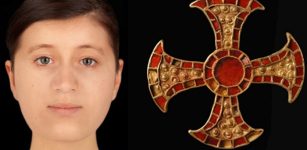 Lifestyle And Face Of 7th-Century Anglo-Saxon Teen – Reconstructed
Archaeology | Jun 20, 2023
Lifestyle And Face Of 7th-Century Anglo-Saxon Teen – Reconstructed
Archaeology | Jun 20, 2023 -
 Unusual 6,000-Year-Old Gold Objects Discovered In Hungarian Tombs – More Mysterious Conical Hats?
Archaeology | Mar 25, 2021
Unusual 6,000-Year-Old Gold Objects Discovered In Hungarian Tombs – More Mysterious Conical Hats?
Archaeology | Mar 25, 2021 -
 On This Day In History: Battle Of Marton, Part Of Viking Invasions Of England Took Place – On Mar 22, 871
News | Mar 22, 2017
On This Day In History: Battle Of Marton, Part Of Viking Invasions Of England Took Place – On Mar 22, 871
News | Mar 22, 2017 -
 Mystery Of Nebra Sky Disk: New Analysis Shows Surprising Results
Artifacts | Sep 4, 2020
Mystery Of Nebra Sky Disk: New Analysis Shows Surprising Results
Artifacts | Sep 4, 2020 -
 The Third Greatest Fire Temple That Existed In Ancient Iran’s Sassanid Age – Unearthed
Archaeology | Jul 8, 2022
The Third Greatest Fire Temple That Existed In Ancient Iran’s Sassanid Age – Unearthed
Archaeology | Jul 8, 2022 -
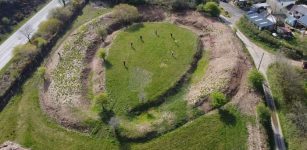 Huge Ancient Underground Stone Circle Discovered Inside Cornwall Neolithic Henge
Archaeology | May 21, 2022
Huge Ancient Underground Stone Circle Discovered Inside Cornwall Neolithic Henge
Archaeology | May 21, 2022 -
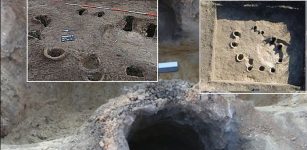 Celts In Poland: Iron Smelting Furnaces Used By Celts 2,400 Years Ago – Unearthed
Archaeology | Nov 30, 2019
Celts In Poland: Iron Smelting Furnaces Used By Celts 2,400 Years Ago – Unearthed
Archaeology | Nov 30, 2019 -
 On This Day In History: Battle Of Dormans Was Fought – On October 10, 1575
News | Oct 10, 2016
On This Day In History: Battle Of Dormans Was Fought – On October 10, 1575
News | Oct 10, 2016 -
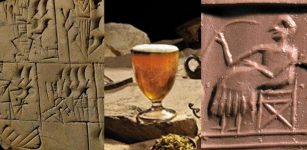 Ninkasi – Sumerian Goddess Of Beer And Alcohol – The Hymn To Ninkasi Is An Ancient Recipe For Brewing Beer
Featured Stories | Feb 27, 2019
Ninkasi – Sumerian Goddess Of Beer And Alcohol – The Hymn To Ninkasi Is An Ancient Recipe For Brewing Beer
Featured Stories | Feb 27, 2019 -
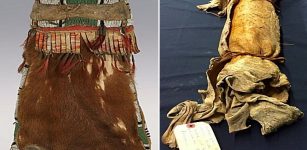 Sacred Medicine Bundle With Relics Of The First Ancestors Or Given By The Gods
Ancient Traditions And Customs | Sep 15, 2016
Sacred Medicine Bundle With Relics Of The First Ancestors Or Given By The Gods
Ancient Traditions And Customs | Sep 15, 2016 -
 Remarkable Ancient High-Tech Genetic Disc Could Re-Write Ancient History
Artifacts | Sep 15, 2014
Remarkable Ancient High-Tech Genetic Disc Could Re-Write Ancient History
Artifacts | Sep 15, 2014

